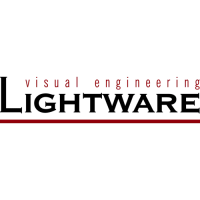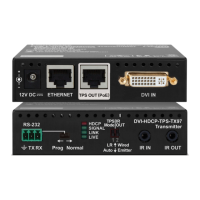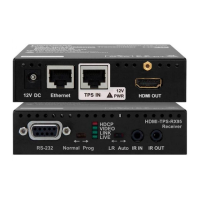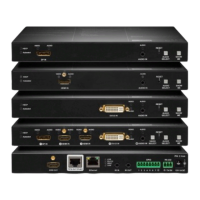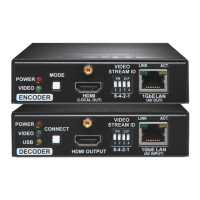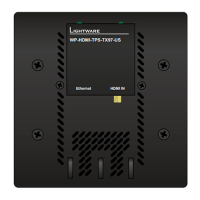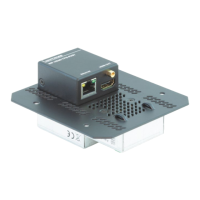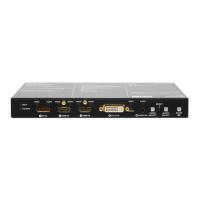8.1.1.3. Method
The ‘method’ in the LW3 protocol is also a leaf. It cannot have a value, such as the properties,
but it can be invoked with a parameter with the help of a special ‘CALL’ command.
▪ A method cannot have child nodes or child methods. It is always a leaf.
▪ A node can have any number of methods (may not have any).
▪ A method is referenced with a colon (‘:’) after the node.
▪ The methods’ name can contain the elements of the English alphabet, numbers and
underscore (‘_’) character.
▪ By convention, methods are beginning with lowercase letter. In case of compound
words, the very rst letter is lowercase, and the rst letter of each other words are
capitalized (lowerCamelCase).
▪ The parameter of the method can contain any readable ASCII character.
▪ The method always has a return ‘state’ if the method could be executed. The state
could be either ‘OK’ or ‘FAILED’.
▪ The method does not necessarily have a return ‘value’. If it does, it can contain
additional information, which is always specic to the current case (the return value
can specify why the execution failed).
▪ When the method cannot be executed (e.g. the parameter list is illegal), there is an
error message.
Format: mX●/[nodeName]:[methodName]=[returnValue]
Legend:
m: method
‘X’ can be:
‘O’: when the execution of the method was successful (OK).
‘F’: when the execution of the method failed.
‘m’: the manual of the method.
‘E’: error message for the method.
Example:
mO●/node1/node12:method1
mO●/MEDIA/VIDEO/XP:switch
mE●%E001:Syntax error
mm●/MEDIA/VIDEO/XP:lockSource:Lock one or more source ports
8.1.2. Escaping
Property values and method parameters can contain characters that are used as control
characters in the protocol. They must be escaped. The escape character is the backslash
(‘\’) and escaping means injecting a backslash before the character that should be escaped
(like in C language).
Control characters are the followings: \ { } # % ( ) \r \n \t
Example:
The original text: John●(Doe).●#3:●5%2=1●node1\node11
The escaped text: John●\(Doe\).●\#3:●5\%2=1●node1\\node11
Page 64 / 106 LW3 programmers' reference
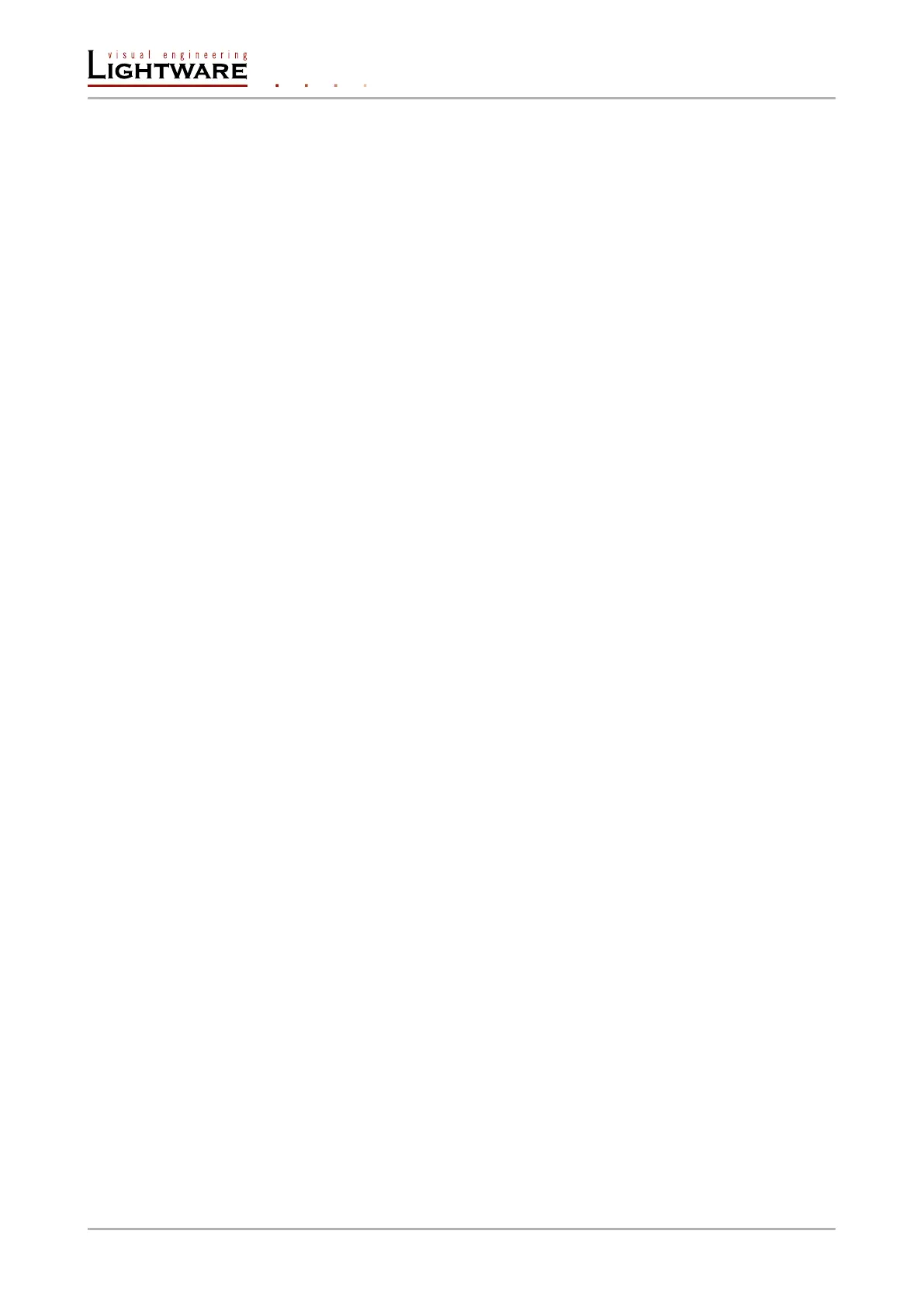